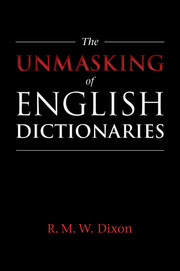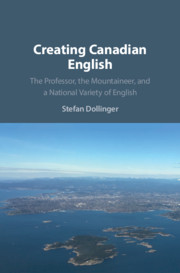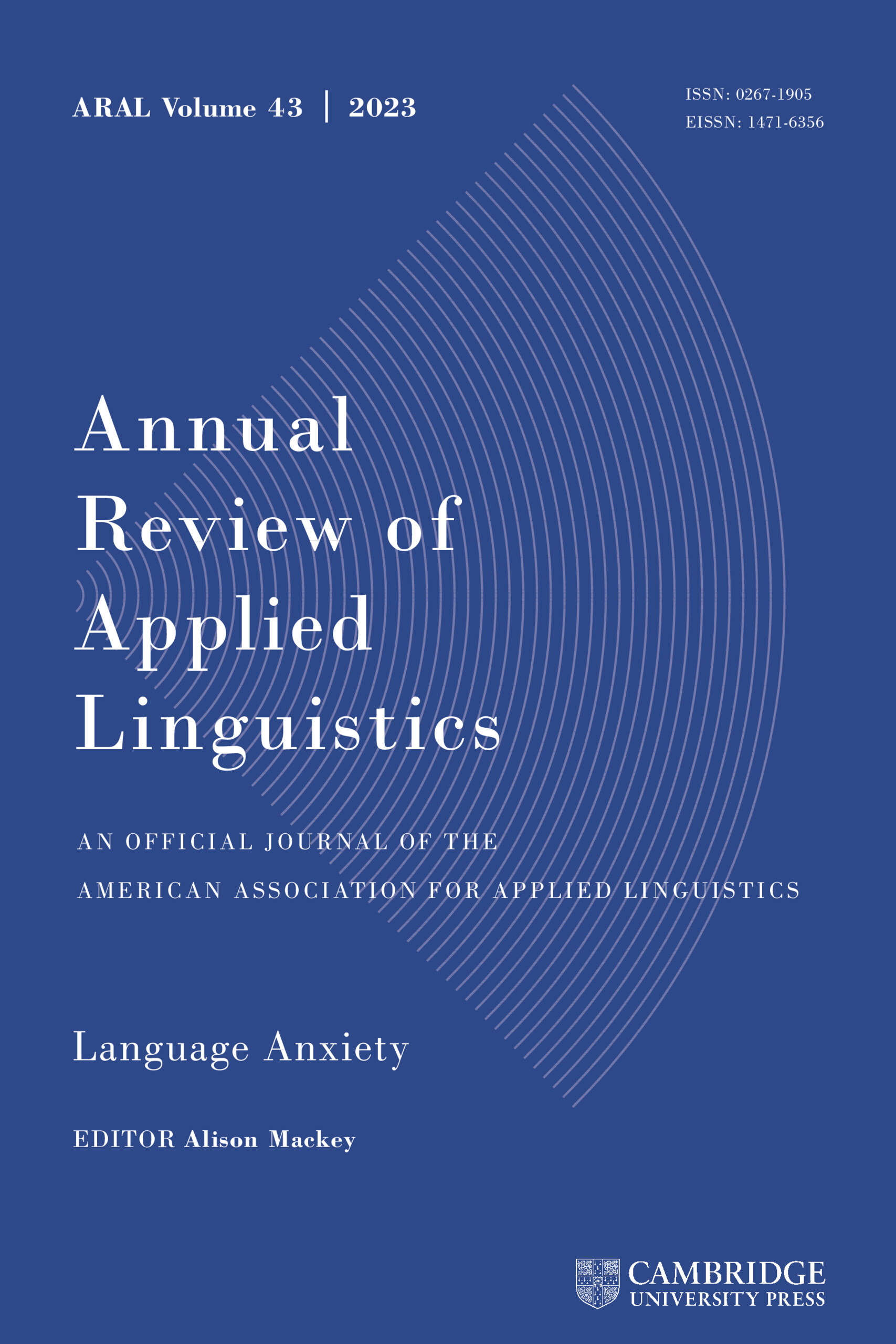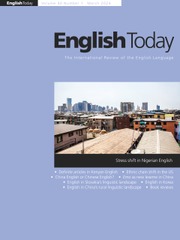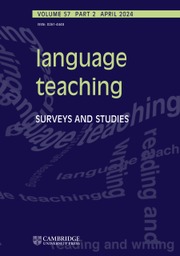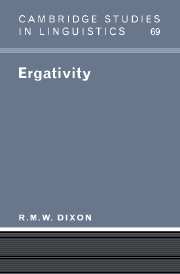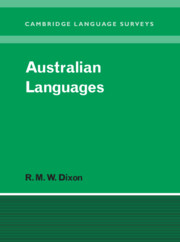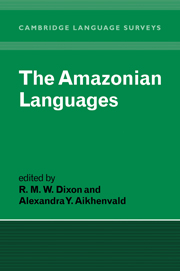The Unmasking of English Dictionaries
When we look up a word in a dictionary, we want to know not just its meaning but also its function and the circumstances under which it should be used in preference to words of similar meaning. Standard dictionaries do not address such matters, treating each word in isolation. R. M. W. Dixon puts forward a new approach to lexicography that involves grouping words into 'semantic sets', to describe what can and cannot be said, and providing explanations for this. He provides a critical survey of the evolution of English lexicography from the earliest times, showing how Samuel Johnson's classic treatment has been amended in only minor ways. Written in an easy and accessible style, the book focuses on the rampant plagiarism between lexicographers, on ways of comparing meanings of words, and on the need to link lexicon with grammar. Dixon tells an engrossing story that puts forward a vision for the future.
- Includes a comprehensive account of English dictionary-making from 725 CE until the present day that provides the reader with a snapshot of the evolution of dictionary making, set against changing social conditions
- Pays attention to the limitations of present-day dictionaries, specifically and in general
- Shows how plagiarism, which would be avoided in other disciplines, is proudly flaunted in lexicography and explains to the reader why a definition in one dictionary is frequently rather similar to the corresponding entry in another dictionary
Reviews & endorsements
'An engaging, provocative and at times amusing examination of English dictionaries and their history. Lexicographers will not agree with points in Professor Dixon’s program for a new sort of dictionary, but they would go amiss if they ignore him completely.' Jim Rader, Senior Editor, Merriam-Webster, Inc.
Product details
January 2018Paperback
9781108433341
272 pages
228 × 152 × 15 mm
0.39kg
1 b/w illus.
Available
Table of Contents
- Prologue: the work in advance
- 1. How the language is made up
- 2. What a dictionary needs to do
- 3. Semantic set: finish, cease, and stop
- 4. Explaining hard words
- 5. Putting everything in
- 6. Semantic set: big and little, large and small
- 7. Spreading wings
- 8. Semantic organisation
- 9. Semantic set: fast, quick, rapid, swift, slow, and speed
- 10. No need to keep re-inventing the wheel
- 11. The nineteenth century
- 12. Semantic set: want, wish (for), and desire
- 13. The role of grammar
- 14. Standing still
- 15. The way forward.

